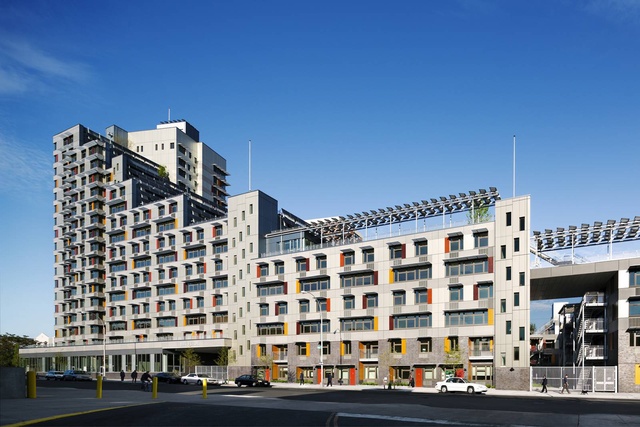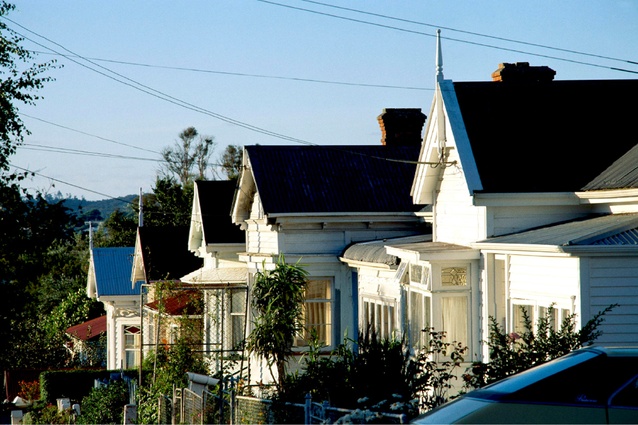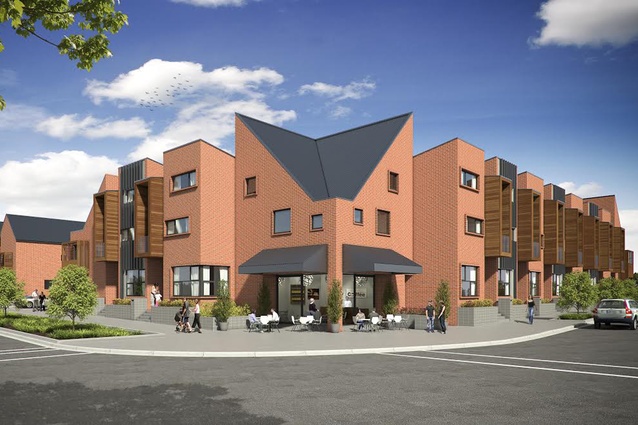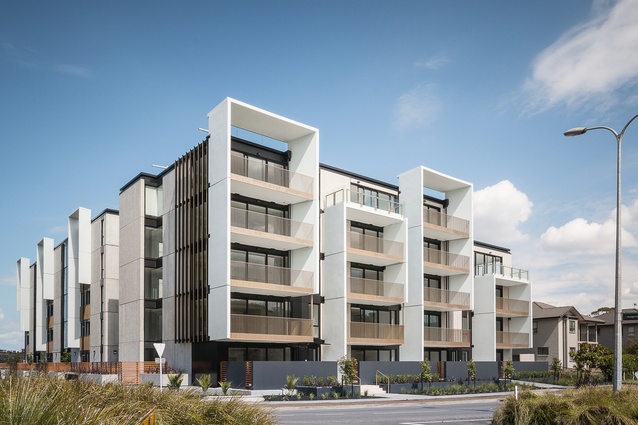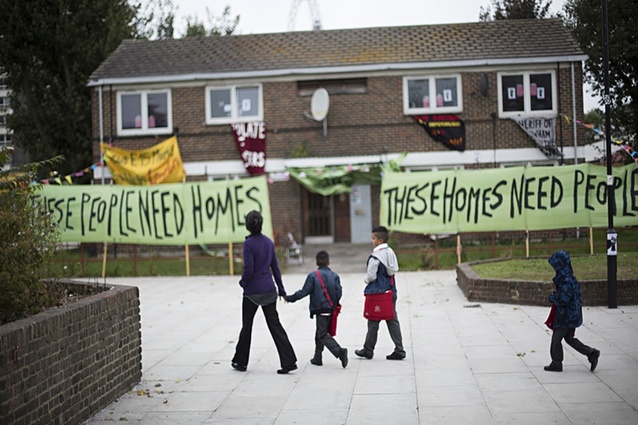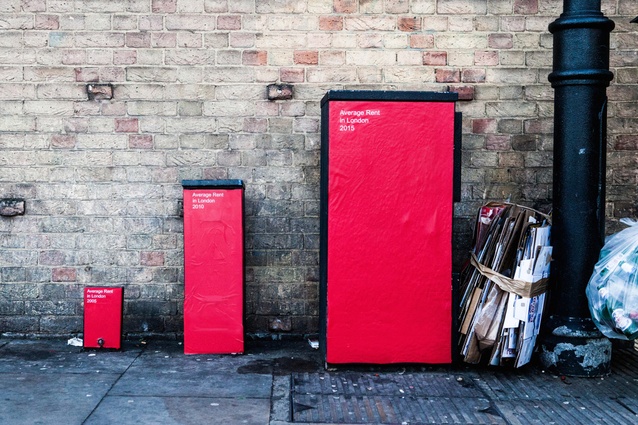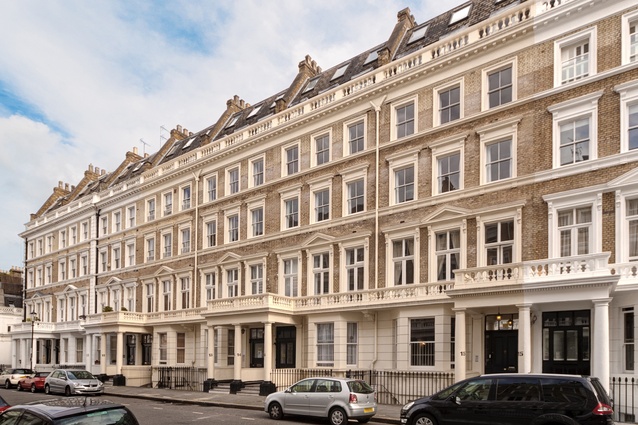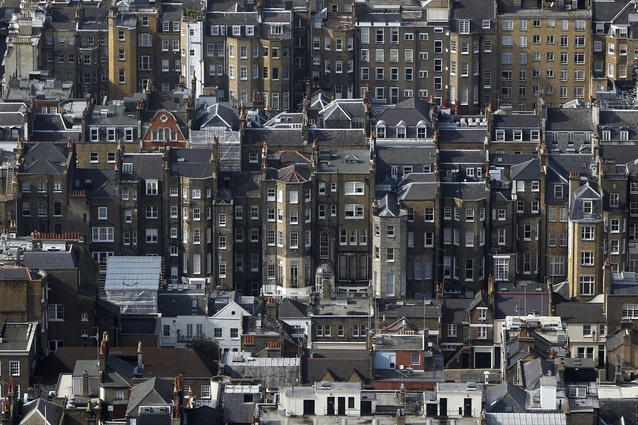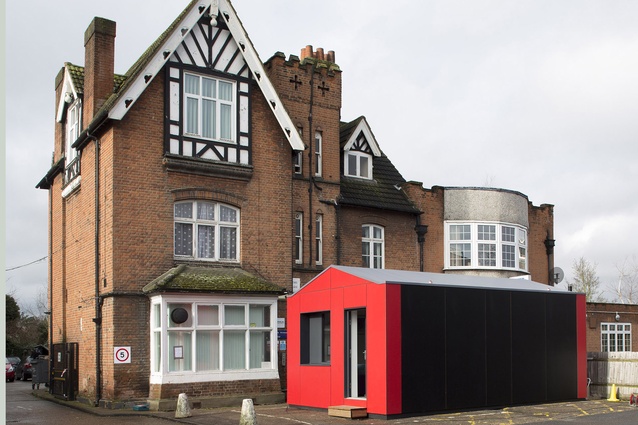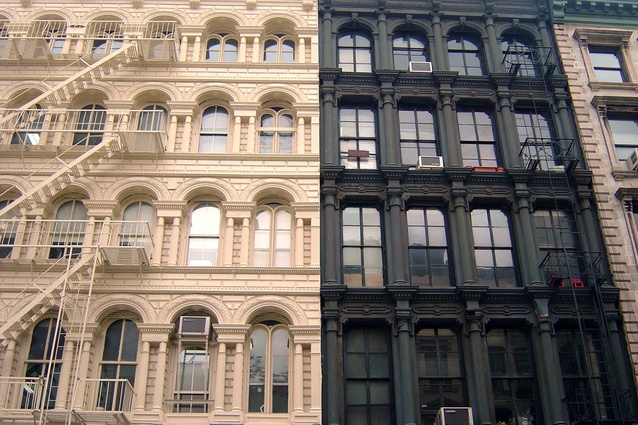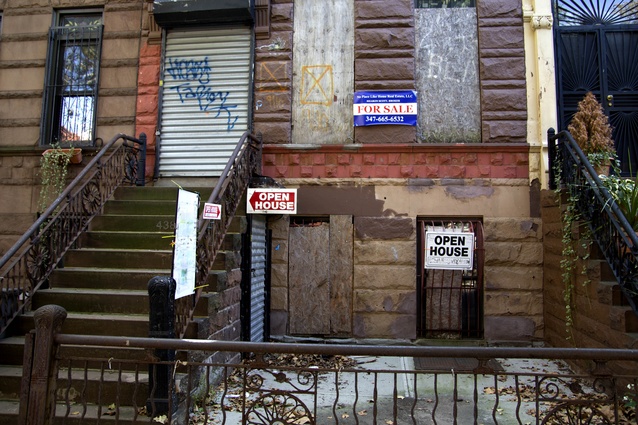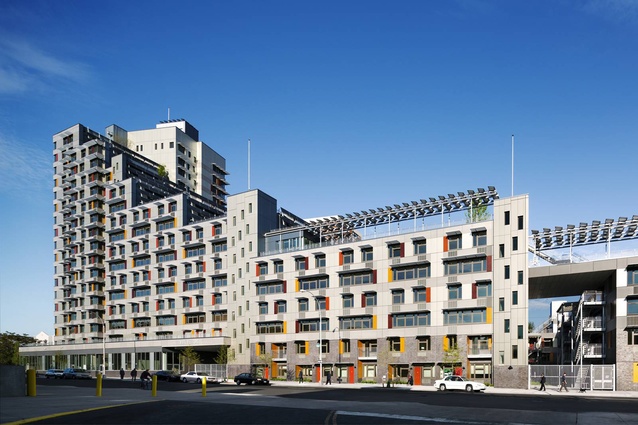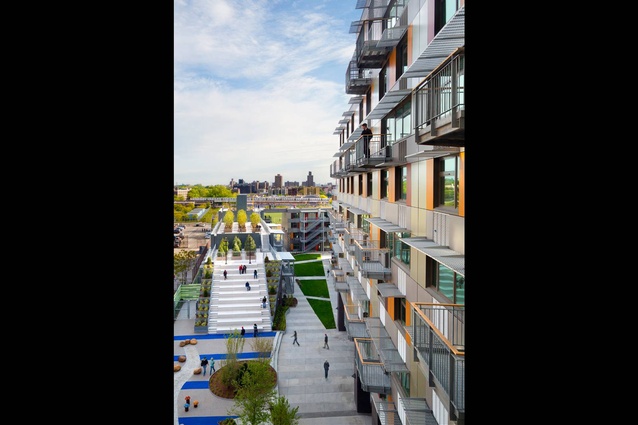A roof over one’s head: housing crises in Auckland, London and New York
Rapid urbanisation. Lack of available land. Elevated prices. Zoning issues. Poor house design. Slow pace of construction. All of these issues, and more, have led to a housing crisis in many cities across the globe. While the staggering prices of Auckland's property market, which show no signs of slowing, have been the subject of years of intense discussion and press coverage, the situation in London and New York is, perhaps, less known about on our shores.
ArchitectureNow discusses the issue with architects based in the three cities and looks at architectural solutions that have been proposed to improve each housing crisis.
The basic nature of the Auckland housing crisis is that there are not enough houses for the growing population, and they cost too much, says Nicholas Stevens, director of Stevens Lawson Architects. “In addition, much of the existing housing stock is poorly designed and of poor quality,” he continues. While New Zealand is renowned for its high-end architecturally designed houses, architects have had little involvement in designing affordable homes; this has mainly been the domain of volume house builders.
The facts do not lie. Auckland house prices are now rising at double-digit rates annually. The rest of the country is growing at less than five per cent or not at all. Figures released in April 2015 by Barfoot and Thompson confirms this: the average price of a three-bedroom house in what used to be the old Auckland City rose above $1 million for the first time. In West Auckland, it rose 20.5 percent over the past year to $632,032. Barfoot sold 420 homes worth more than $1 million each last month and just 300 homes for less than $500,000.
Auckland has a severe lack of housing, along with pricing issues. Even with 8,000 new homes a year, Auckland will have a shortage of 60,000 homes by 2020, double today’s shortage. Other issues contributing to the problem are foreign investment, easily-available debt, tax policies and the global recession.
Actions being taken currently to combat the crisis include large-scale medium-density housing developments on the city fringe and a massive increase in apartment building in the city, as well as special housing zoning. Stevens comments, “There needs to be more long-term planning and investment in good design. Commitment to design-led public/private partnerships like Hobsonville Point, which integrate housing, urban design, landscape and social infrastructure will help to fix the crisis.”
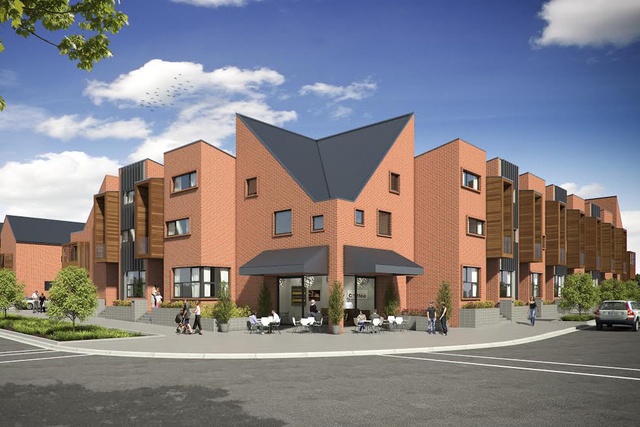
Stevens Lawson believes that architecturally-designed medium-density housing is a viable, affordable and architecturally exciting option in an increasingly space restricted region. Their success with Squadron Lane Terraces in Hobsonville Point is a good example of an architectural solution to Auckland’s housing crisis.
The firm is working alongside Jalcon to create good quality city-block style neighbourhoods. “The fact is, we’re not going to fix Auckland’s housing problem one house at a time. Well-built, medium-density housing is the future of our city,” Stevens comments. ”Auckland is a city in transition. It needs to embrace urbanity and do so in its own unique style.”
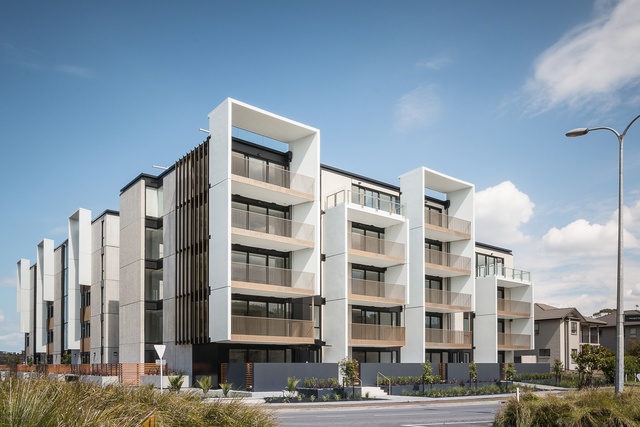
Getting Aucklanders used to the thought of high-density apartment living is another reality that may help the housing crisis. Blair Johnston, director of Warren and Mahoney, believes that apartment buildings are a necessary part of the future for Auckland. Their Altera apartments in Stonefield, Mt Wellington, show how high-density living can be successfully integrated with the cultural considerations needed to create quality private living environments.
Johnston comments that there are several things necessary to combat the current crisis: an examination of the building supply chain, improved construction techniques, and a design approach that’s regular and repeatable. The construction industry needs to become more efficient, and be able to create better buildings more cheaply.
The London housing crisis is similiar to Auckland’s in the fact that demand outstrips supply, which fuels ever increasing house prices. At present there is a severe lack of affordable, secure and decent housing in London. Ordinary Londoners are being priced out of an out of control property market which has driven average rents up to £1,468 a month in April 2014 – a huge proportion of average local take-home pay. Laying down permanent roots in London is even harder when house prices now average £493,000 – or 16 times the average local individual income.
Giles Reid, director of London practice Giles Reid Architects comments, “People with money want to live here. They buy houses above the market value to get a foothold, which deprives the young of their stake in the so-called property ladder. Even in the depths of the financial crisis, property in London proved relatively immune. The only thing that changed was that less housing developments got off the ground, decreasing supply and fuelling demand yet further when the economy began to pick up again.”
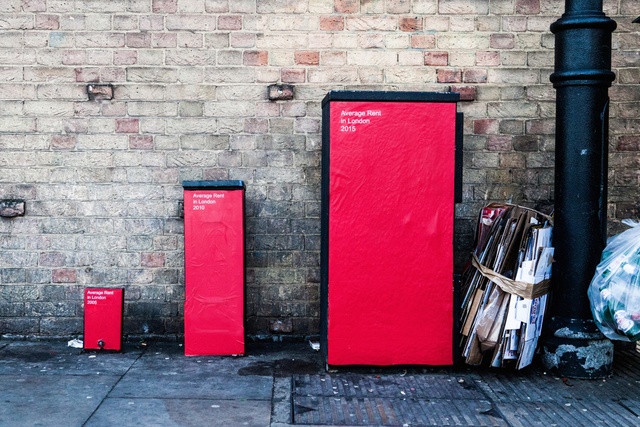
Reid believes that significant investment in the north of the United Kingdom is imperative both for the good of London and the country as a whole. He thinks that establishing industries in places such as Manchester, Liverpool or Leeds will give people a reason to work and live in locations other than London.
Discussion is intense about what sort of solutions can be put forward to help solve the London housing crisis. In June 2015, an international ideas competition was launched to tackle the ongoing demands of London’s housing shortage by New London Architecture in partnership with the Mayor of London.
The New Ideas for Housing London competition calls for organisations, big or small, to submit a proposal free of charge in order to implement a range of innovative ideas to help improve the speed, scale and quality of housing supply. Partnerships between international studios and local practices are encouraged.
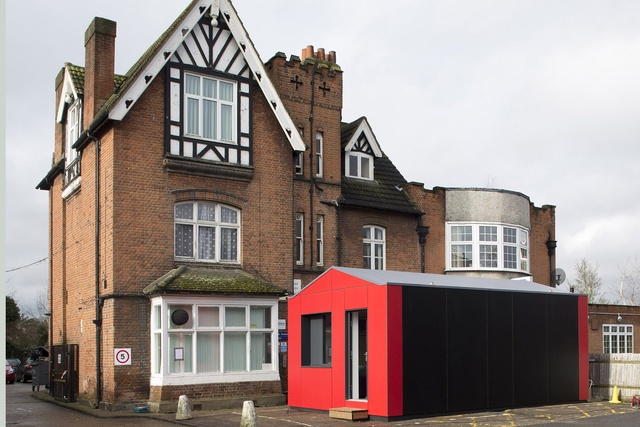
Many architectural practices, urbanists and developers are already trying to tackle the London housing shortfall in a range of innovative, site-specific solutions. One such solution is Rogers Stirk Harbour + Partners (RSHP) series of self-contained volumetric pods titled the Y:Cube. These can be delivered to temporary sites off the back of a truck, providing accommodation while land is awaiting development.
Reid comments, “Out of the housing crisis, new developers have sprung up looking at alternative models, such as micro or pocket houses for young couples.” However, he warns that while these are good developments in the hands of responsible developers, they are potentially dangerous reductions in minimum space standards in the hands of the majority.
New York, the city of dreams? Again, one of the basic problems of housing in New York boils down to an issue of supply and demand. After the 2008 financial crash, construction in New York slowed down. With developers unable to obtain construction loans or revenue for projects, many of the planned projects were delayed or cancelled. As John Leimbach, research manager at Grimshaw Architects explains, “There is simply not enough housing to accomodate those who want to live in New York City.”
And when you eventually find a place to live, you probably won’t be able to afford it. The average price of an apartment in Manhattan has reached a record high of $1.87 million. The last record was $1.77 million in the first quarter of 2014, but an 11 percent increase in the second quarter of this year took the price to the new high, according to a report from Douglas Elliman Real Estate. Renting is not easy either. Ninety-nine percent of apartments and homes available for rent in New York City are occupied, while rents have also reached a record high, with an average rent of $4,081 a month.
Leimbach offers other reasons for the crisis in New York, including: the slow rate of production for affordable housing; current zoning, which restricts development in many areas of the city; and the reach of the transportation system; development is only as good as its connections to centres of employment and leisure.

Actions being taken in New York to combat the housing crisis are multiple, although they have varying success. Leimbach suggests that ”strict rent control laws and programs that encourage developers to include affordable housing in their developments in exchange for tax incentives are helping.”
“Rezoning continues to take place across the city. While upzoning might eventually increase the availability of housing stock, speculative land and building purchases in these neighbourhoods complicate the process and drive up costs to the city and, subsequently, taxpayers,” Leimbach continues.
He believes that there is no one solution to New York’s housing crisis but that the cooperation and dedication of a number of constituencies are necessary. “The clash of public and private interests, readily available lobbying and the challenges of a 21st century city populated by over eight million residents of great diversity sets up an immense problem requiring considered solutions.”
Grimshaw Architects was involved in one example of an architectural solution for New York’s housing problem: the design of an affordable housing project in the Bronx, titled Via Verde. Leimbach comments, “Our scheme, executed with Dattner Architects, applied considered design to a brownfield site, bringing a variety of apartment typologies in an aesthetically pleasing manner to the neighbourhood.”
Via Verde shows that affordable, sustainable housing in New York can be created with a clear design ethos, although Leimbach says that the conditions that led to Via Verde’s creation have thus far been difficult to replicate.
